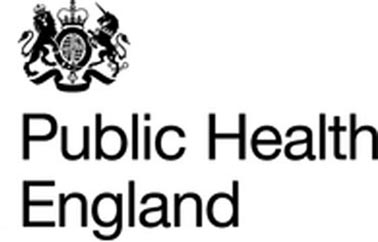 New data Public Health England (PHE) data suggest there has been a slowdown in emerging gonorrhoea resistance to first-line treatments in 2012. Experts believe significant public health efforts, coupled with a successful recent switch in prescribing guidelines, have been effective in targeting previously circulating strains that were less responsive to treatment. However, a worrying picture of ongoing gonorrhoea transmission and co-infection continues to emerge.
New data Public Health England (PHE) data suggest there has been a slowdown in emerging gonorrhoea resistance to first-line treatments in 2012. Experts believe significant public health efforts, coupled with a successful recent switch in prescribing guidelines, have been effective in targeting previously circulating strains that were less responsive to treatment. However, a worrying picture of ongoing gonorrhoea transmission and co-infection continues to emerge.
Today’s findings show, for the second year, cefixime resistance risk declined in England and Wales – with around a 50 per cent drop in tests showing decreased susceptibility to this second-line treatment in 2012. Further, azithromycin resistance only increased from 0.5 to 0.7 per cent of laboratory tests, and very little drift towards potential resistance to ceftriaxone was seen.
However, the report also gives cause for concern, as analyses found a fifth of all diagnoses in 2012 were repeat cases and around four in ten cases had chlamydia as well as gonorrhoea. Over a quarter of people with gonorrhoea also had HIV, reaching 40 per cent amongst men who have sex with men (MSM). Total new gonorrhoea diagnoses in England jumped 21 per cent to 25,525 cases in 2012, reported earlier this year.

Professor Cathy Ison, leading the PHE gonorrhoea resistance surveillance programme, said:
“Whilst the resistance data are better than expected, they can only represent a temporary reprieve. We must continue to be vigilant as multidrug resistant gonorrhoea strains are being identified across the world and there are limited antibiotics in the pipeline. An ongoing focus on prompt gonorrhoea diagnosis, adherence to prescribing guidelines and the effective identification and management of potential treatment failures, is crucial.”
 Dr Gwenda Hughes, PHE head of sexually transmitted infections surveillance, said:
Dr Gwenda Hughes, PHE head of sexually transmitted infections surveillance, said:
“Reducing gonorrhoea transmission is also essential, because for every case we prevent we eliminate the associated risk of treatment failure. However, in 2012 we saw another large rise in new gonorrhoea diagnoses, and are particularly concerned about the high infection rates amongst men who have sex with men, and young adults in some urban areas. These findings reinforce the importance of continued sexual health promotion work and maintaining easy access to sexual health services and testing in England.”
In February 2013, the first Gonorrhoea Resistance Action Plan for England and Wales was published, to support public health control of gonorrhoea and gonorrhoea resistance. Following this, the government’s five year antimicrobial resistance strategy was published in September 2013, setting out national and international action on treatment, education and monitoring.
To combat the continuing high rates of STI transmission in England, and the growing risk of gonorrhoea treatment resistance it is also essential that individuals:
· Always use a condom when having sex with casual and new partners
· Reduce the number of sexual partners and avoid overlapping sexual relationships
· Get a regular STI check-up if having unprotected sex with new or casual partners.

















You must be logged in to post a comment.